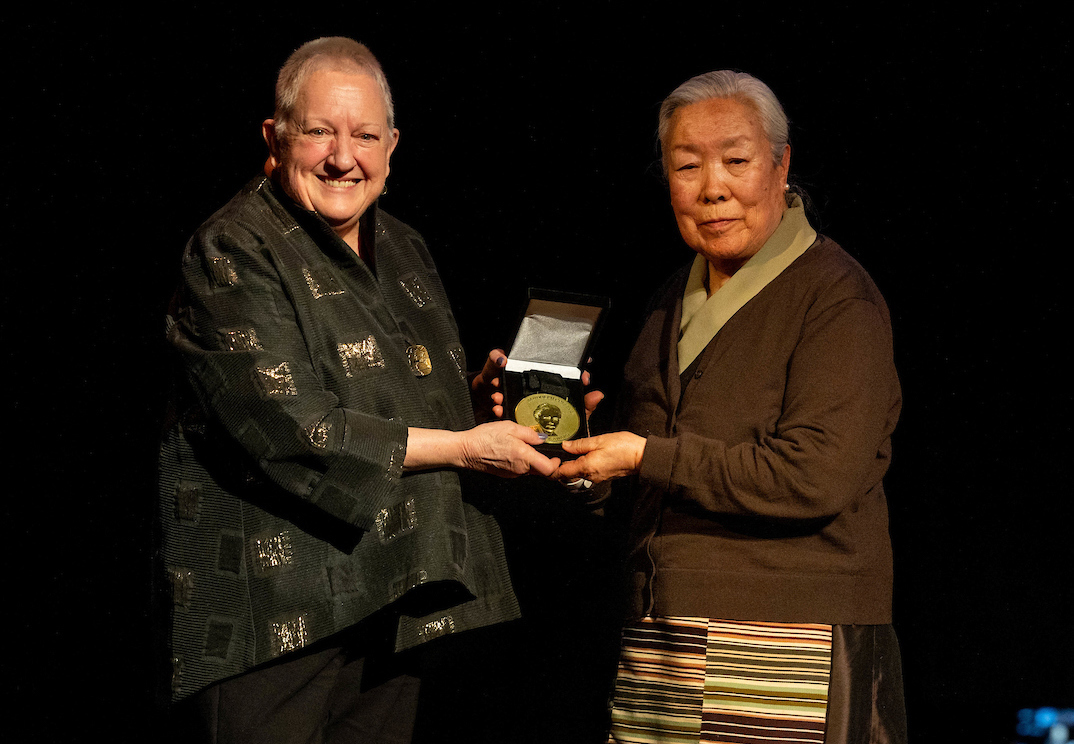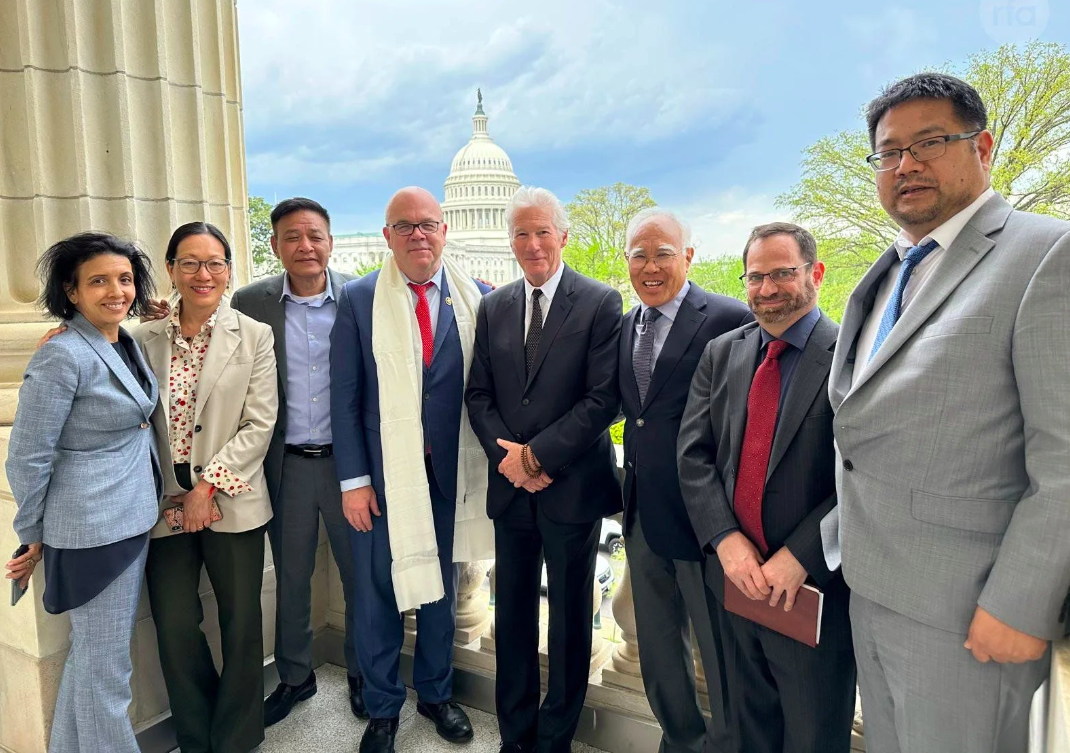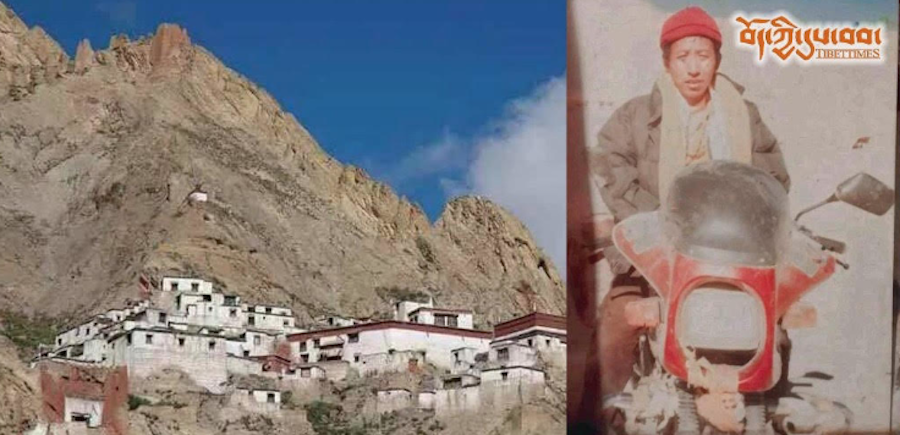Reviewed by Carolyn Nikodym
One of the interesting things about >i>Tibet: A Buddhist Trilogy is what it displays about the passage of time. Although the film, in the cinema verit� tradition of documentary making, was shot nearly 30 years ago, there is the sense that nothing about the subject has changed much.
Even in the footage of the Dalai Lama, filmed in his exile home of Dharmasala, India, seems to belie change. With shorn head and clear voice,
this religious leader doesn’t appear all that much younger, and, sadly, his message remains the same.
But that message is nearly beside the point, anyway. Director Graham Coleman didn’t set out to inform about the plight of the Tibetan people or how their land was “liberated” by the Chinese back in 1959.
No, what captures his imagination is the culture and the religion itself, its richness holding strong over millenia, as it has become one of the
oldest ancient cultures to remain intact into our own modern times. Divided into three separate but inherently connected parts, the film captures both the vibrancy of its subject and the colourful world it finds itself in. Stunning mountain vistas abound from various stupas in India and Nepal; prayer flags wave their worries and wishes out to the wind; farmers sing as they till the fields.
The film begins with an introductory lesson into the lives of monks and people as they struggle with profound life questions. Early morning
monastics debate the nature of personal responsibility and self-realization. The Dalai Lama guides his people to face their plight as a largely exiled people with virtue. Lay Tibetans live by a strong cycle of rituals.
But it’s in the film’s other two parts that its audience is truly immersed into the principles and rituals of Buddhism.
Part two documents the ritual of “A Beautiful Ornament,” capturing the building and destruction of a cosmogram, all in the name of unleashing
compassion. And Part three delves into the impermanence of life. It’s heady stuff.
While Coleman admirably deciphers the complexity of his subject, however, he counts on a limitless curiosity from his audience. The ideas that the film grapples with in two hours are ones that Buddhists contemplate for their whole lives.
That said, though, the questions A Buddhist Trilogy poses are as old and timeless as the hills-and they are not likely to be going anywhere soon.
Carolyn Nikodym can be reached at carolyn@vueweekly.com









